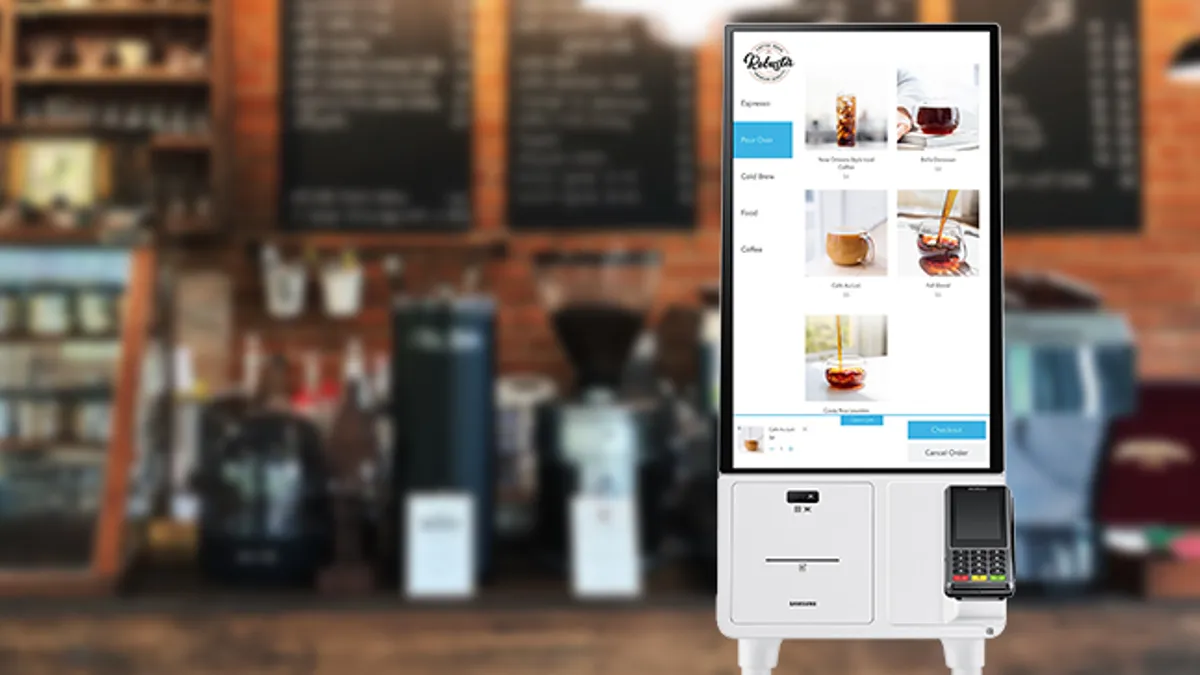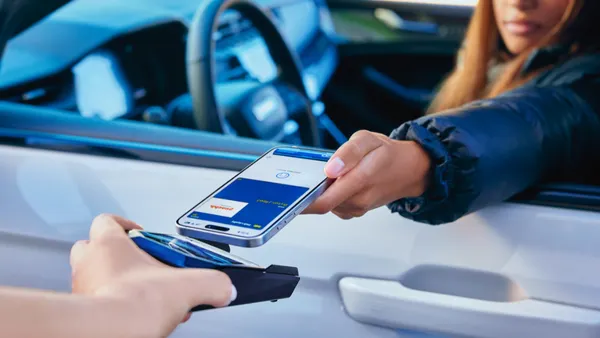It is no secret that the labor shortage is the greatest challenge facing restaurant operators right now. To adapt, restaurants have made several operational changes, including limiting hours of operation, reducing dining capacity, increasing menu prices, and removing menu items.
According to research from Fast Company, prices are increasing at record levels, with quick serve restaurants 7.1% higher than they were in 2020, and prices at full-service restaurants 5.9% higher. Consumer brands such as Chipotle are dealing with inflation by passing higher costs onto their customers through price hikes, making headlines in June 2021 after announcing it would raise menu prices 3.5% to 4%.
Many restaurants, including Chipotle and Starbucks, announced that they are limiting operations at their stores by temporarily closing or cutting their hours to adapt to the labor shortage. In practice, this often means opening later or closing earlier than usual, or eliminating a shift, such as breakfast or lunch, altogether.
Many restaurants are also limiting their dining capacity. Limiting the number of tables served helps restaurants provide the same level of service even whilst understaffed. Three Chick-fil-A locations in Alabama closed their dining rooms due to a lack of available staff, and several QSRs, including McDonald's and Noodles & Co., have followed suit.
In addition, Red Robin recently announced it was dropping more than 50 menu items to adapt to the labor shortage. In an interview with CNN Business, Applebee's Neighborhood Grill + Bar President John Cywinski said that the restaurant "trimmed its menu down to about 100 items last year, compared with about 160 before the pandemic, and plans to retain the simplified version going forward."
While all of the aforementioned fixes to the labor shortage negatively impact consumers and may decrease profits over time, self-ordering technology works to drive incremental revenue and streamline operations at the same time. The labor shortage shows no sign of letting up; for restaurant operators that want to not only survive, but thrive in this new labor landscape, the only answer is automation.
Self-ordering technology, such as the Samsung kiosk powered by GRUBBRR, drives incremental revenue through customized upselling technology. Consumers spend on average 12%-20% more when they order with their eyes and with touch from a self-ordering device than when ordering from a cashier, thereby reducing the need for price increases. In addition, research from Deloitte shows that over 70% of consumers prefer to order digitally when at a restaurant, rather than ordering from a cashier.
Implementing automation to work alongside employees can help retain your existing restaurant staff, and repurpose them to other essential functions of the restaurant, thus maximizing labor. In other words, automation allows you to run your business with fewer high quality employees that can be compensated more.
The one-time cost of a kiosk is a fraction of the price of carrying an employee. On average, a cashier at a quick-service restaurant open 15 hours per day will cost more than $6,000 per month, whereas the Samsung kiosk powered by GRUBBRR is a fraction of that price. In addition, kiosks always show up, don't call in sick, and are ready to work 24/7.
The Samsung kiosk powered by GRUBBRR minimizes human contact, eliminates ordering errors, and allows businesses to implement integrations, such as loyalty programs and discount codes, that reward consumers. GRUBBRR's loyalty integrations provide businesses with an opportunity to capture data intelligence about consumer history, including most recent orders, to execute suggestive selling and communicate more efficiently with the consumer.
As evidenced by Q4 earnings reports, fast food restaurants and other establishments that have embraced automation have fared better throughout the pandemic. Restaurants with automation are most poised to stay open because they meet consumers where they're at– where they want to order.
In sum, given the ongoing labor shortage and staffing issues that create long lines, self-ordering kiosks allow guests to order and eat their food quickly. This, in turn, helps the restaurant, which would have otherwise lost out on the customer, and provides them with a gamified order experience, where they are more likely to select an upsell item or join a loyalty program as it pops up to them on a screen. As a result, businesses can run their restaurant with fewer employees while simultaneously adding to their bottom line.










